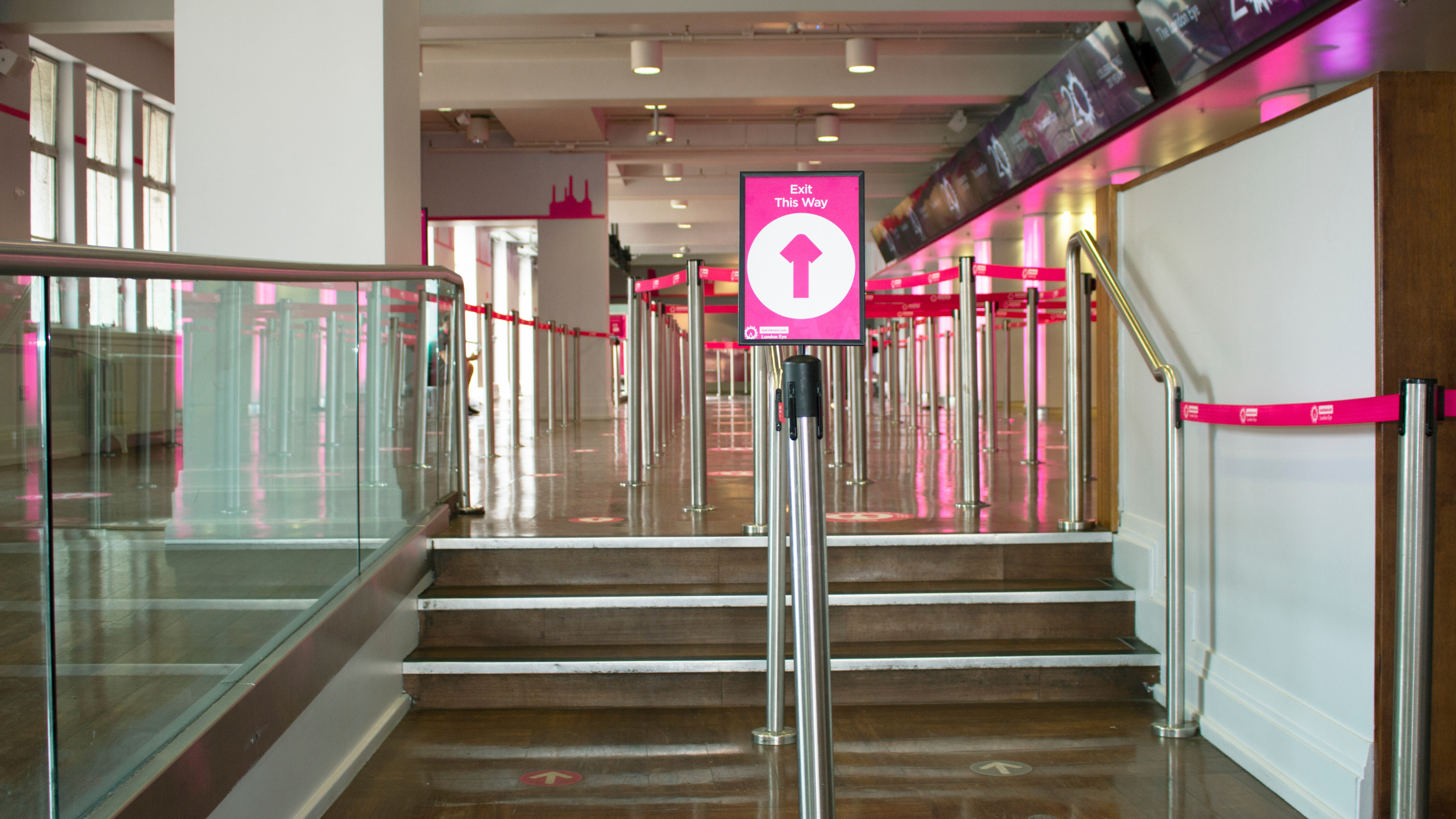- Home
- Sectors
- Solutions
- Tensabarrier®
- Tensator® Charging Stations
- Tensamedia® Wayfinding and Signage
- Lawrence® Post & Rope
- Tensator® Airport Passenger Guidance System
- Electronic Queuing – eQ™
- Tensaguide® Modular Barrier System
- Tensator Micam Protection – TMP
- Safety Solutions
- Access Control
- In-Queue Merchandising
- Virtual Queuing – VQMS
- Tensator® Virtual Assistant
- Custom & Bespoke Solutions
- Resources
- About
- Contact Us
- Shop
 English (English)
English (English)
Why Strong Event Organisation is always in Fashion
14
Feb

This weekend will see thousands of people arriving in London, as the capital hosts the annual London Fashion Week. The string of events will see a large number of visitors moving across different locations, as they try to catch a glimpse of the hundreds of shows on offer.
At exhibitions of this size, queue management and visitor flow are vital components of running a successful event. Below, the Tensator team has compiled our top tips for organising the movement of people at such large events.
1. Ensure registration desks are well resourced
At a large exhibition there are so many shows and stands to visit, not everybody will see, and therefore queue, for everything on offer. The only part of the exhibition that you can guarantee everybody will have to visit is the entrance and registration area.
Ensuring that these areas are well managed and resourced will help to reduce bottlenecks of people entering the building, which is traditionally the busiest area of an event.
2. Signed barriers
The most popular product that we supply to exhibitions is the Tensabarrier®. This unobtrusive, and cost effective queue management system allows event organisers to channel people to different areas of an event space. It is vital that these queuing systems are well signed so that visitors can quickly locate the area they are looking for.
The Tensabarrier® can be supplied with branded webbing and attachable signage to ensure that that different areas of an exhibition hall are easy to locate. This will keep visitors moving quickly and efficiently.
3. Think flexible
Large events often take place over a number of days, during which exhibitions may change and queuing areas may need to be moved. Constructing a queue management system that is made up of products that are easy to move and adjust will allow for quick and easy changes to be made.
Solutions such as the freestanding Tensabarrier® do not require a permanent fixture to walls and floors. This helps to create a flexible system that can be altered to accommodate both changes to exhibitions and influxes in visitor numbers.



